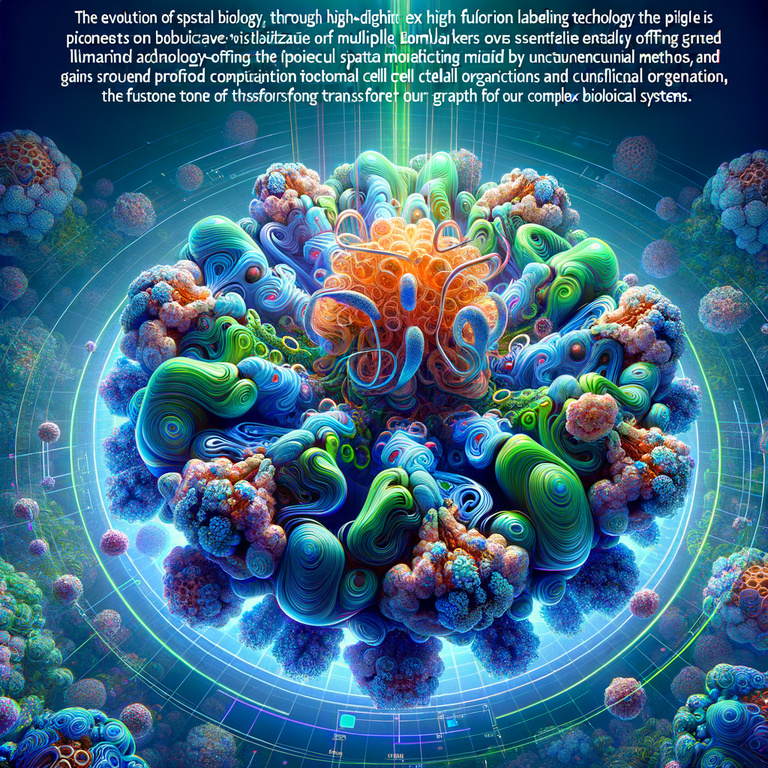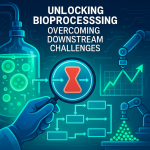⭐ This technology allows for the visualization of multiple biomarkers simultaneously, providing detailed spatial information. 🌟🔍
⭐ By coloring outside the lines, researchers can gain deeper insights into cellular interactions and tissue organization. 🌈🧬
⭐ This advancement in spatial biology has the potential to revolutionize our understanding of complex biological systems. 💡🌍
Introduction:
The field of spatial biology is expanding its boundaries with the development of high-plex fluorescent labeling technology. This technology allows scientists to study the spatial organization of cells and molecules within tissues, providing valuable insights into the complexity of biological systems.
- High-plex fluorescent labeling technology enables the simultaneous detection of multiple molecules in tissues.
- This technology provides spatial information about the localization and interaction of cells and molecules.
- Researchers can use high-plex fluorescent labeling to study various biological processes, such as immune responses and cancer development.
- The development of computational algorithms and imaging techniques is crucial for the analysis of high-dimensional spatial data.
- The integration of spatial biology with other omics technologies can lead to a deeper understanding of biological systems.
Conclusion:
The use of high-plex fluorescent labeling technology in spatial biology has opened up new possibilities for studying the complex organization of cells and molecules within tissues. This technology, combined with advanced computational algorithms and imaging techniques, allows researchers to gain valuable insights into the spatial relationships and interactions that underlie biological processes. By integrating spatial biology with other omics technologies, scientists can further enhance their understanding of the intricacies of biological systems.



